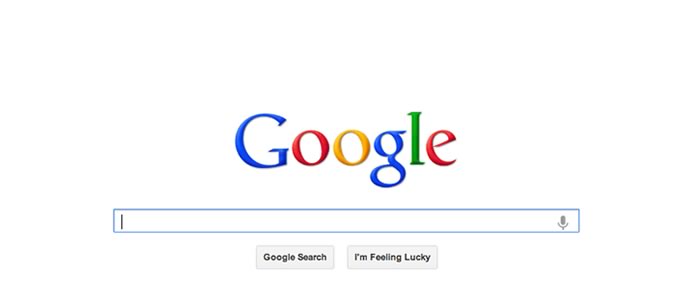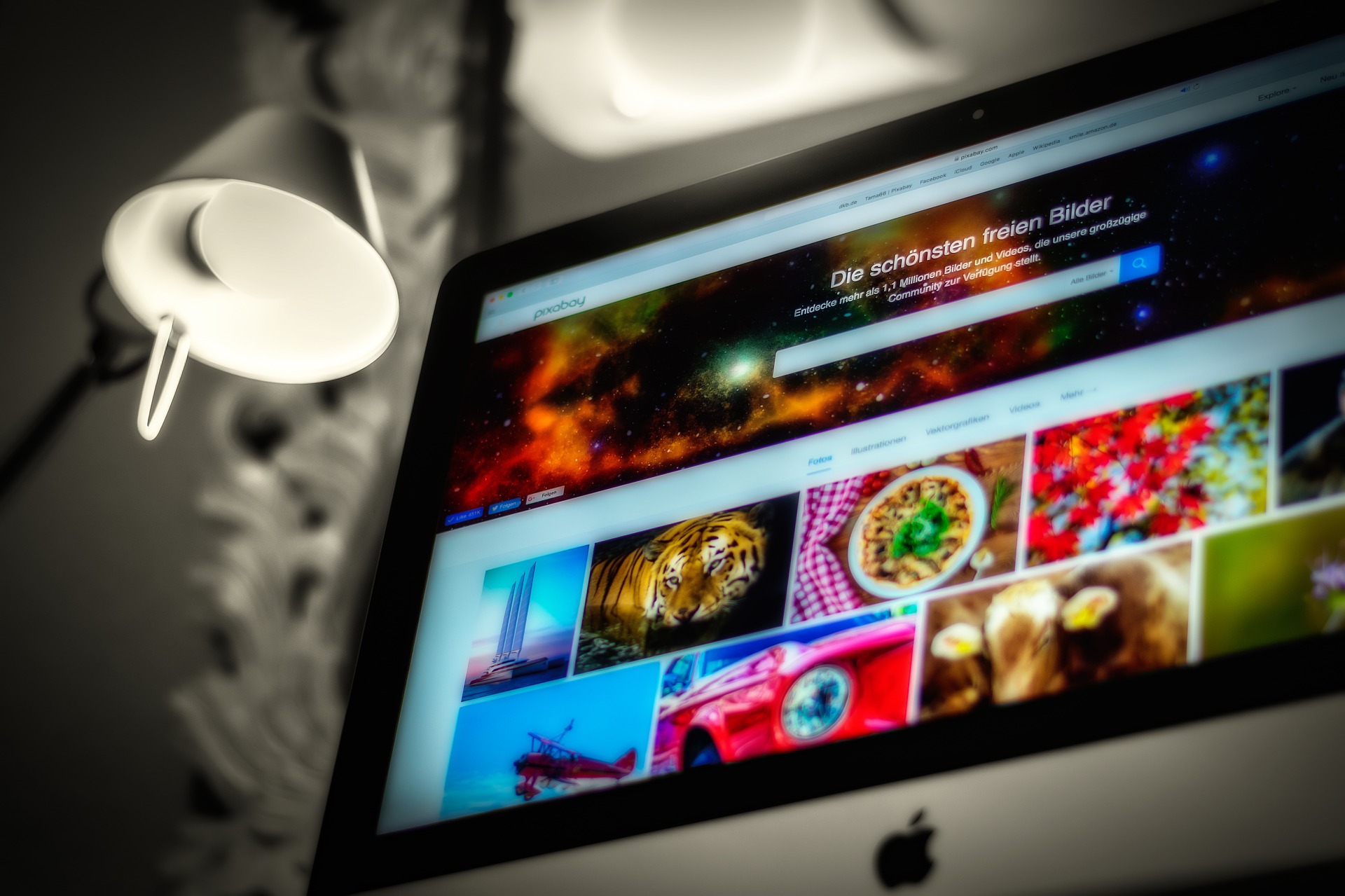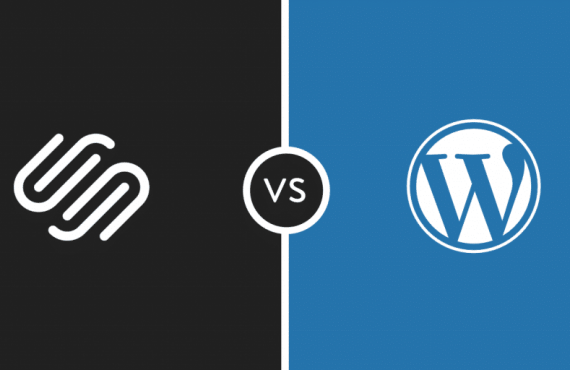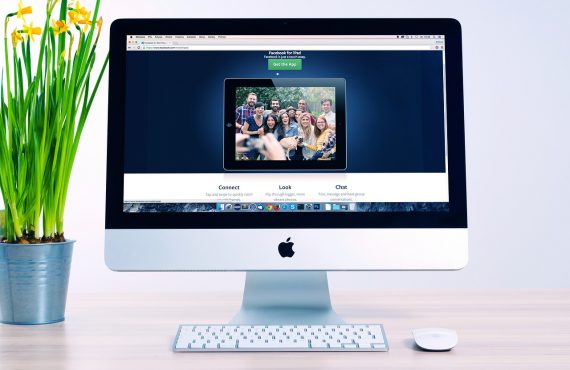5 Things to Master for Creating a Flawless Responsive Web Design
A responsive web design is absolutely necessary today if your website is going to be taken seriously.
‘Why’ you ask?
It’s because a web designer is an artist that uses his/her skill to create beautiful pieces of work; web sites. However, if the web design isn’t responsive, the beauty of the website can’t be appreciated properly.
Right now 55.22% of all web traffic generate from mobile device and 44.78% from desktop, as such, you can’t afford to take it easy.
Responsive design of the website is a key element in building a sterling reputation.
Sure almost all designers can create a responsive site, but only the elite can create a responsive web design.
I won’t name names, but there are even some high end companies that have websites that aren’t completely mobile responsive.
Sure the designs of those websites are optimized for mobile devices, but when you look closely, something is off.
Maybe their alignment is a bit off; maybe a certain tab is hard to tap. On the other hand, if a competitor’s design of the website is free from such errors, people will flock to it.
That is what separates a flawless responsive web design from one that is not.
So, how do you go on to make your responsive web design flawless?
That is where this article comes in. It is here to point you toward the 5 most essential things to master for creating a flawless responsive web design.
1. Master: Navigation

Small screen creates big problems when it comes to creating space for effective navigation.
A lot of designers fail to transfer their design from desktop to mobile devices properly. The freedom they had incorporating the navigation panel gets restricted.
The constricted space of the mobile devices lends you to have only four or five core links. This affects the websites content strategy, information architecture along with navigation.
This in turn screws up the Responsiveness of the website design.
Mastering navigation is crucial for creating a perfectly responsive website design. Believe me, nobody wants to visit a site where you can’t navigate and find tabs that you require.
Pro Tip: To get around this problem, the best thing to do is simplify the navigational choices and icons paired with text, in-page links, collapsible menus, and dropdowns.
2. Master: Typography

Imagine a scenario. After hours of searching on your desktop, you find the perfect website that has the exact information that you require every day. So you decide to make that your go to website.
However, when you try to access that site from your phone, the font is too small to read properly.
This leaves you heartbroken, and you decide to never visit the site again.
That is the importance of proper typography.
When you master typography, you ensure that the viewer is able to get the information he requires at a level that is comfortable to him/her.
You don’t want to use a font that is too small that it’s hard to read, especially on a smaller device screen. Using larger fonts improves readability drastically.
However, you also don’t also want use a font that is too big that will mess up your content alignment.
Pro Tip: The best thing to do is to use in the range of 16px for body copy, and depending on the font’s design, adjust up or down. Make sure to scale font size, line-height, and width in order to best fit differing screen sizes of devices.
3. Master: Placement
LOCATION! LOCATION! LOCATION!

Location is vital. Where you placed your buttons on the screen affects not only the UX, but also the responsiveness of the website design.
The size, shape and even the color of the button contributes to the responsiveness of the design.
Let’s say that the color of a specific button on the site is hard to distinguish from the background design. This will make the button hard to notice and the user infuriated.
On mobile devices, the size of the buttons matter more then on desktop.
Here, you have a smaller screen to incorporate buttons. The goal is to make the buttons of such size that the user doesn’t struggle to tap it and are super finger friendly.
Pro Tip: Use Fitts’ Law to determine the positioning, proximity and size of the buttons. It is an mathematical equation that uses the principles of ergonomics to human-computer interaction and achieve maximum usability, responsiveness and effectiveness.
Another tip, although a bit unorthodox but highly effective is to go from small to large.
When designing the website, it is best to keep mobile in mind. Furthermore, the design can be built for the mobile site first and then scale it up for desktop to achieve a flawless responsive web design.
4. Master: Whitespace

Although it may sound harsh, but not all content of the website is created as equals!
There are some parts of the website that you want people to pay more attention to. They may be a time exclusive sale, or they might be an important piece of information.
This is where whitespaces in the design come in. Whitespaces, A.K.A. Negative Spaces are empty or blank spaces. They help bring attention to the right parts of your layout.
Look at screenshot of Google at top. They use whitespace to identify the 3 things they want you to focus on
It is a barrier that separates the graphics, columns, images, text, margins and other elements. I space intentionally left out to smooth thing and make the site more elegant.
Pro Tip: Mastering whitespace is now more crucial than ever, thanks to the new supply of bezel-less smartphones. Desktop websites use horizontal orientation for implementing whitespaces. But for the smaller screen, it is best to move from horizontal to vertical space.
it gives the design a natural “flow” for smartphones & tablets.
5. Master: Image

Images are crucial to the responsiveness of a web design.
Pictures are powerful tools for creating beautiful designs, but they are also responsible for bloating it up. This is truer for smaller devices.
The huge size of the images hampers the responsiveness. What is needed in such situations is to use optimized images for each layout.
Nowhere does it say that you have to use humongous pictures to design your website. The best way to go in such situations is to scale the image to a more feasible size.
Flexibility of the image is paramount. It provides the designer with a much needed helping hand in order to create flawless responsive web design.
Pro Tip: Go for JPG instead of PNG. Unlike PNG, JPG is lighter.
JPG also serves the same function when creating a perfect responsive web site design
Wrapping Up
So there you have it.
5 things that you need to master to create that flawless and perfect responsive web design.
The five things discussed here are easy to learn, but hard to master. However, if one is persistent enough, he/she can tame the horse of knowledge.
The mastery of these 5 aspects will set apart the elite from the rest.
You can also checkout these 10 best web development companies in Bangladesh today
And in this day and age, when there is a surge of internet traffic through mobile devices, a responsive website design can be the catalyst to greater success.







